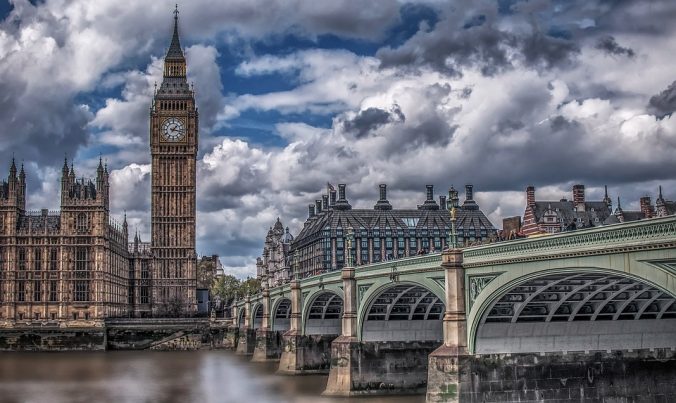Photography has long been recognized as a powerful tool for capturing moments in time, preserving memories, and documenting historical events. Archival photography takes this concept a step further by focusing on the preservation of images for future generations. From ancient cave paintings to modern digital photographs, archival photography plays a crucial role in documenting and preserving history through images. In this article, we’ll explore the significance of archival photography and its impact on preserving our cultural heritage for posterity.
The Importance of Archival Photography: Capturing History in Real-Time
Archival photography serves as a visual record of our past, allowing future generations to glimpse into the lives, cultures, and events of bygone eras. By documenting historical events, landscapes, architecture, and people, archival photography provides valuable insights into the social, cultural, and political contexts of different time periods. These images serve as a visual archive of our collective history, preserving memories and stories that might otherwise be forgotten or lost to time. Archival photographs can also help researchers, historians, and scholars gain a deeper understanding of past events and their impact on society.
Preserving Cultural Heritage: Protecting Our Collective Memory
Archival photography plays a crucial role in preserving our cultural heritage by documenting and safeguarding important landmarks, traditions, and artifacts for future generations. From ancient ruins and archaeological sites to traditional crafts and ceremonies, archival photographs capture the richness and diversity of human culture across time and geography. By preserving these images, we ensure that future generations can learn from and appreciate the cultural heritage of their ancestors. Archival photography also helps to raise awareness of the importance of cultural preservation and encourages efforts to protect and conserve our shared heritage.
Techniques for Archival Photography: Ensuring Longevity and Durability
To ensure the longevity and durability of archival photographs, photographers must use high-quality materials, techniques, and processes that meet archival standards. This includes using archival-grade paper, inks, and storage materials that are acid-free, lignin-free, and pH-neutral to prevent deterioration and degradation over time. Digital archival photography also requires careful attention to file formats, resolution, and storage methods to ensure the integrity and accessibility of digital images for years to come. By following best practices for archival photography, photographers can create images that will stand the test of time and preserve our cultural heritage for future generations.
Challenges and Considerations: Navigating the Digital Age
While digital technology has revolutionized the field of photography, it also presents unique challenges for archival preservation. Digital files are susceptible to corruption, obsolescence, and loss if not properly managed and preserved. Additionally, the rapid pace of technological advancement can make it difficult to keep up with evolving file formats, storage media, and software compatibility. As such, photographers and archivists must stay informed about best practices for digital preservation and invest in robust backup and storage solutions to protect their digital archives for the long term.
In conclusion, archival photography plays a vital role in preserving history, documenting cultural heritage, and safeguarding our collective memory for future generations. By capturing moments in time and preserving them through images, archival photography provides valuable insights into the past and helps us better understand the world around us. Whether through traditional film photography or digital imaging, archival photographers play a crucial role in documenting history and ensuring that our cultural heritage endures for generations to come. As technology continues to evolve, it’s essential to remain vigilant about the challenges and considerations of digital preservation and to continue to prioritize the preservation of our cultural heritage through archival photography.





